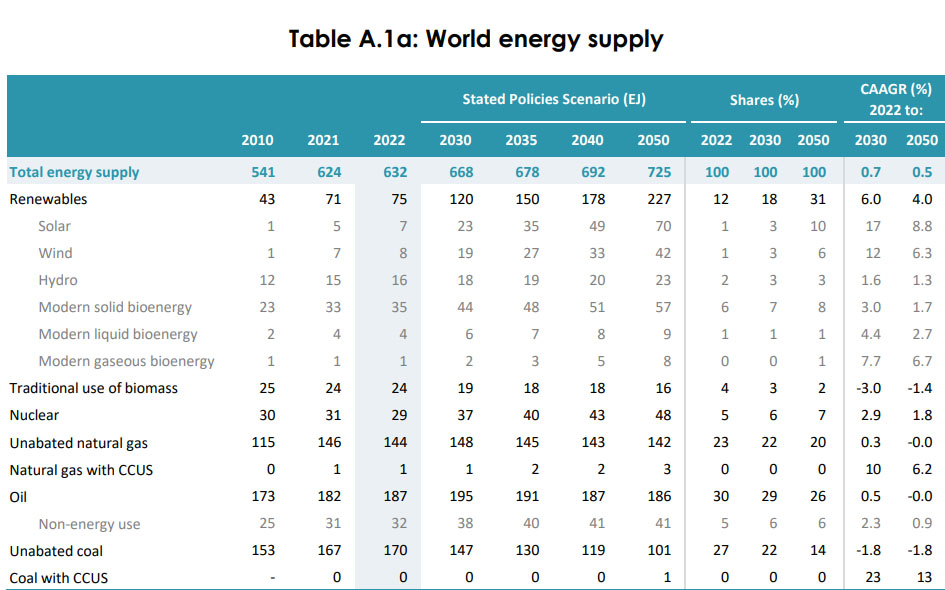Science
Related: About this forumIncreases in Global and East Asian Nitrogen Trifluoride (NF3) Emissions Inferred from Atmospheric Observations
The paper to which I'll refer in this post is this one: Yu Liu, Jianxiong Sheng, Matthew Rigby, Anita Ganesan, Jooil Kim, Luke M. Western, Jens Mühle, Sunyoung Park, Hyeri Park, Ray F. Weiss, Peter K. Salameh, Simon O’Doherty, Dickon Young, Paul B. Krummel, Martin K. Vollmer, Stefan Reimann, Chris R. Lunder, Ronald G. Prinn, Increases in Global and East Asian Nitrogen Trifluoride (NF3) Emissions Inferred from Atmospheric Observations Environ. Sci. Technol. 2024, 58, 30, 13318–13326
I won't have very much time to discuss the paper, but it is freely available under an open access license in any case. I simply wish to make a point about one of my bête noire, this being the disconnect between what is assumed to be "green" - what "green" actually means is becoming more and more obscure by the hour - and what is actually sustainable for the long term.
Earlier today, I noted, by appeal to numbers that the trillion dollar expenditures on solar energy have proved to be useless in addressing climate change: Things are getting worse faster than ever.
Latest Update on the Disastrous 2024 CO2 Data Recorded at Mauna Loa
All this cheering for solar energy has had no effect on the results of extreme global heating now being observed worldwide.
However, the question remains as to whether, irrespective of its useless in addressing extreme global heating, whether the manufacture of solar cells - particularly given their relatively short lifetimes - is in fact benign.
The paper cited at the outset refers to current conditions, those obtained around the time of the trillion dollar expenditure on solar cells. In this context, it is relevant to repost something I often post, the most energy output of solar energy in units of energy, in this case Exajoules, as opposed to misleading units of peak power without reference to capacity utilization. I am referring to the tables from the 2023 IEA World Energy Outlook:
The numbers are here: 2023 World Energy Outlook published by the International Energy Agency (IEA), Table A.1a on Page 264.

After decades of cheering and expenditures of huge amounts of money, the solar industry produced just 7 of the 632 Exajoules of energy produced by all of humanity in 2022, the last year for which we have complete data. (The IEA WEO are generally released in November, and always refer to the previous year.)
Now let's look at one of the chemical by products of solar cell manufacture:
NF3 was included in the basket of substances controlled under the Kyoto Protocol through the Doha Amendment in 2012. Some countries have specific targets to reduce NF3 emissions as part of their wider greenhouse gas emissions reduction strategy, e.g., Japan aimed for reduction from 1.6 million tons CO2-eq in 2013 to 0.5 million tons CO2-eq in 2030. (13) NF3 emissions have also been required to be reported to the Chinese government since 2021. (14) South Korea, one of the major emitters, (7) does not report its NF3 emissions to the United Nations Framework Convention on Climate Change (UNFCCC) or include it in their commitments to the Paris agreement. (15) Other Annex I Parties (such as USA, Canada, and countries in the European Union and Oceania) have a bulk reduction commitment to UNFCCC, but do not single out NF3 emissions reduction. (16?20)
Previous studies showed that global NF3 emissions had risen from undetectable levels in the 1980s to 1.18 ± 0.21 Gg·yr–1 in 2011, based on inverse modeling using a 12-box atmospheric chemistry transport model combined with atmospheric measurements. (6) The latest World Meteorological Organization Scientific Assessment of Ozone Depletion reported that NF3 emissions increased from 2.0 ± 0.1 Gg·yr–1 in 2016 to 3.0 ± 0.1 Gg –1 in 2020, based on results from the 12-box model and measurements at five AGAGE stations. (5)
I added the bold.
Let's look at the IEA soothsaying which is different, as it is soothsaying, from the figures for 2022 which represents data. The IEA predicts that "by 2030" solar energy will be producing 23 Exajoules of energy as opposed to 7, still trivial, but less so. Of course, many of the solar cells now in operation will have devolved into electronic waste "by 2030" and pretty much all of the solar cells now on Earth, will be electronic waste 20 to 25 years from now.
We might stand to wonder, given the lifetime of NF3 of more than half a millenium, what this might mean for the atmosphere.
Of course, NF3 is only one of many greenhouse warming fluoride based gases in the atmosphere. (The insulating gas SF6 is discussed in another paper in this issue of Environmental Science and Technology. ) The sink for all of them is radiation. One would hope - I certainly do - that we will have lots of ionizing radiation sources, - now defined by people who I regard as having poor imaginations and poor senses of creativity as so called "nuclear waste" - available to future generations to clean up this latest wishful thinking fuck up.
Enjoy the coming workweek.
eppur_se_muova
(37,403 posts)Ironically, all they're using it for is as a source of fluorine radicals in an electrical discharge. Other fluorinated compounds could be used but NF3 is apparently most convenient. ![]()